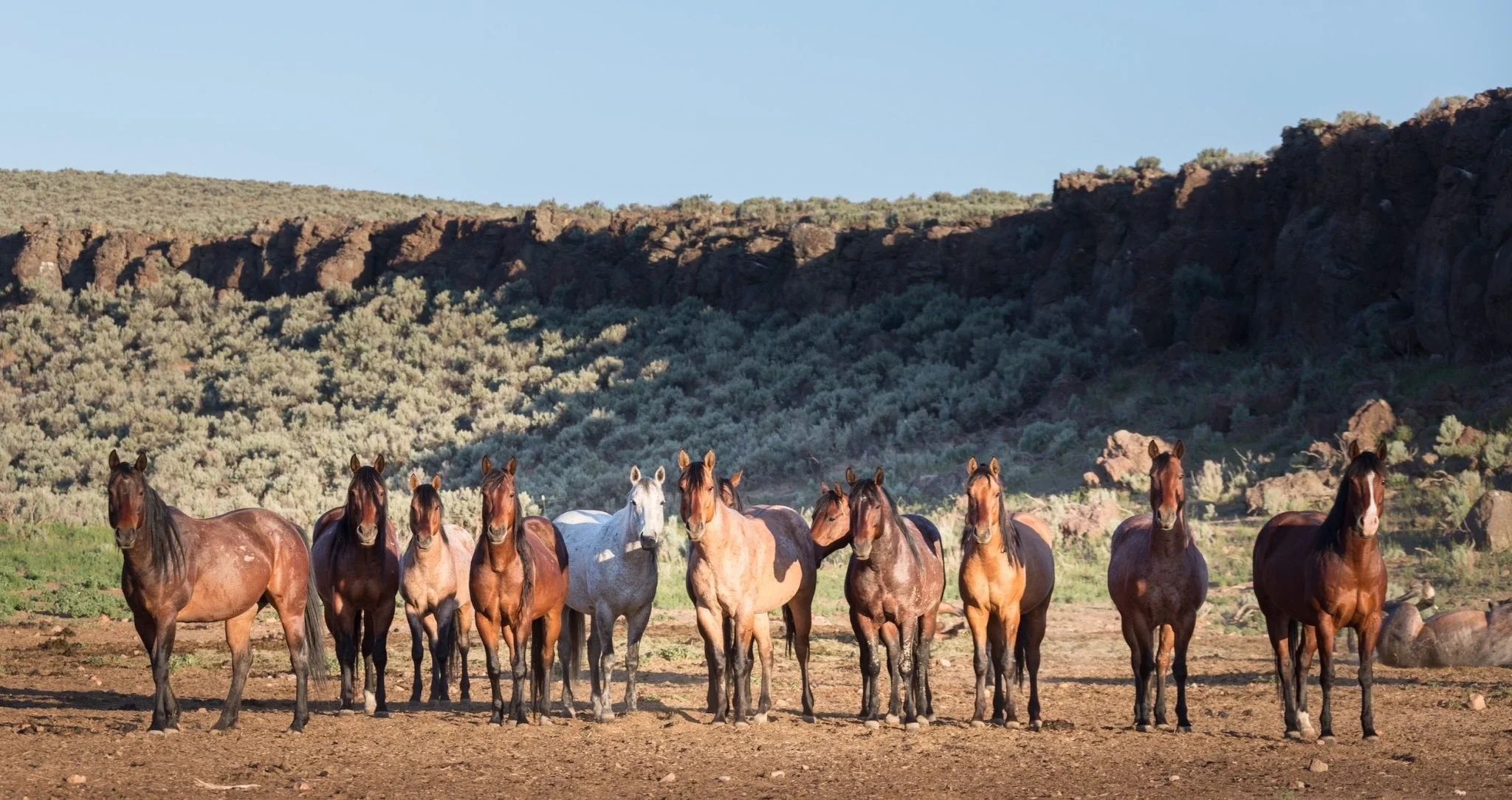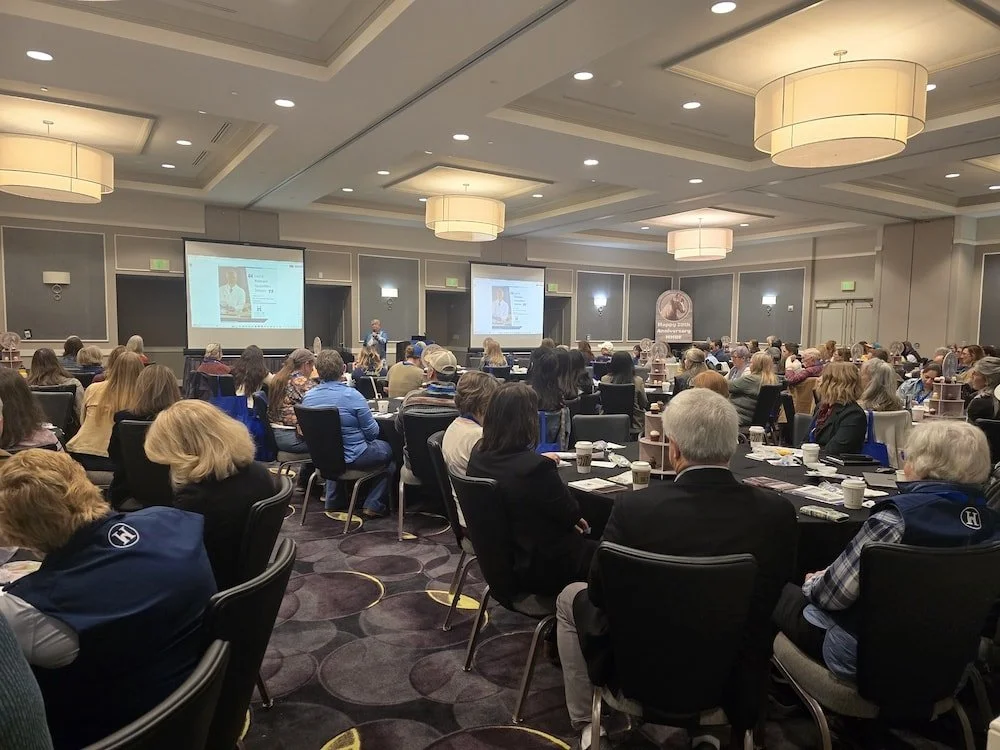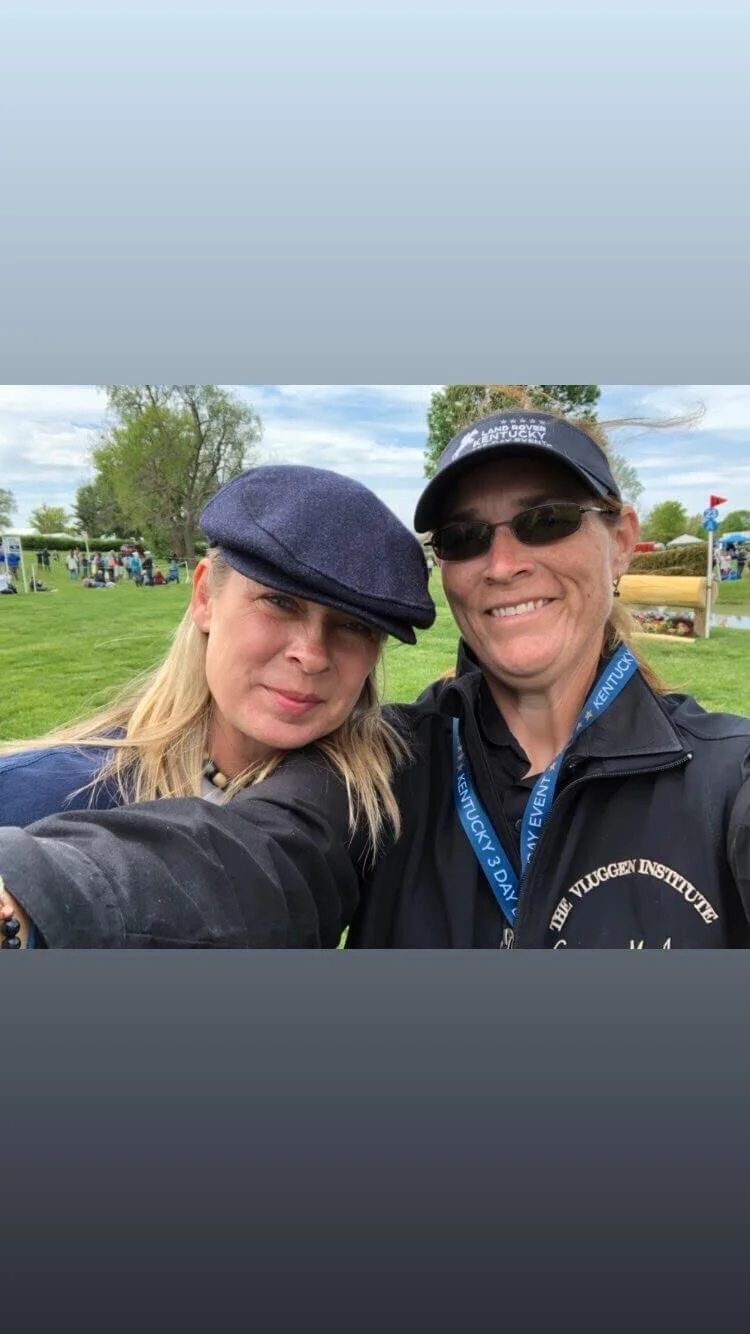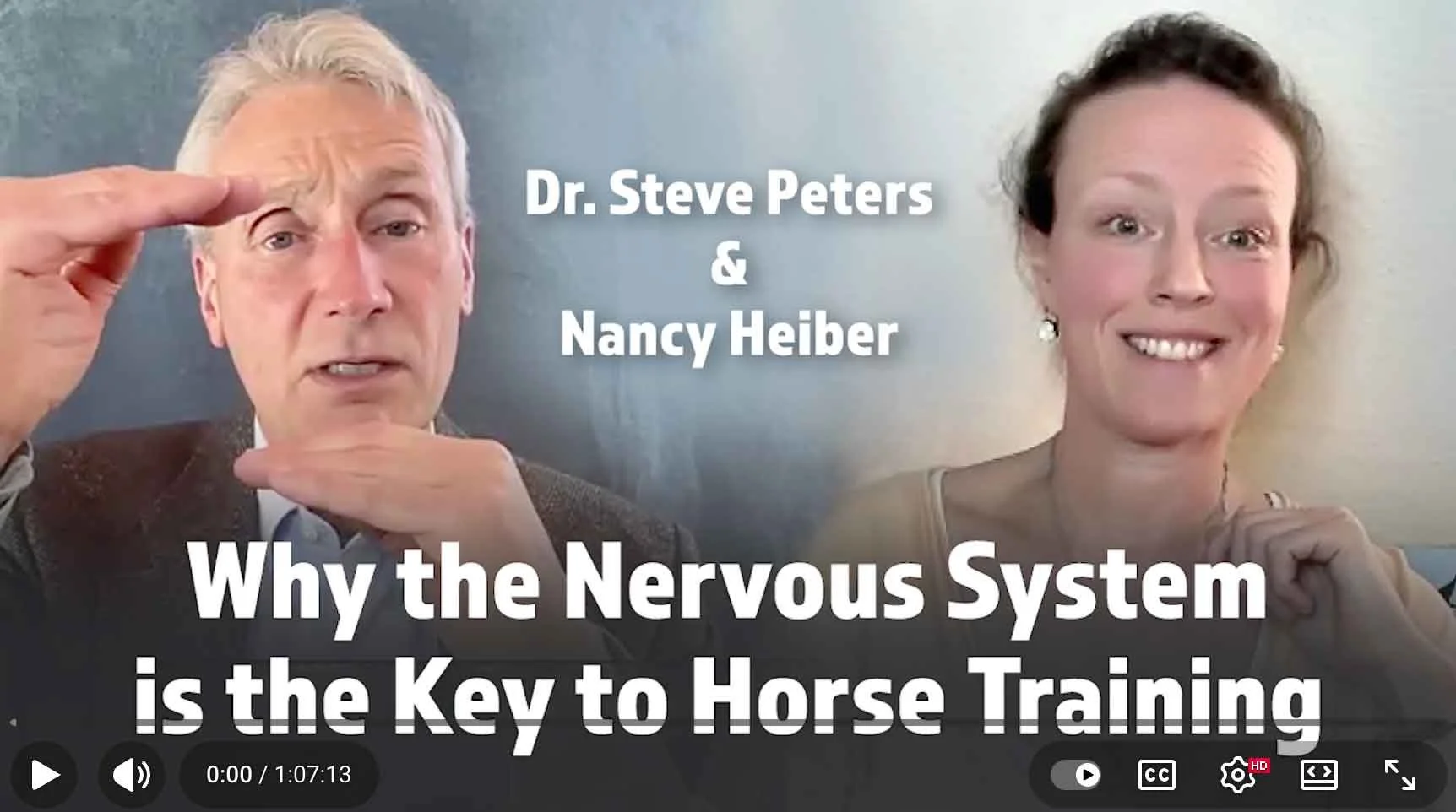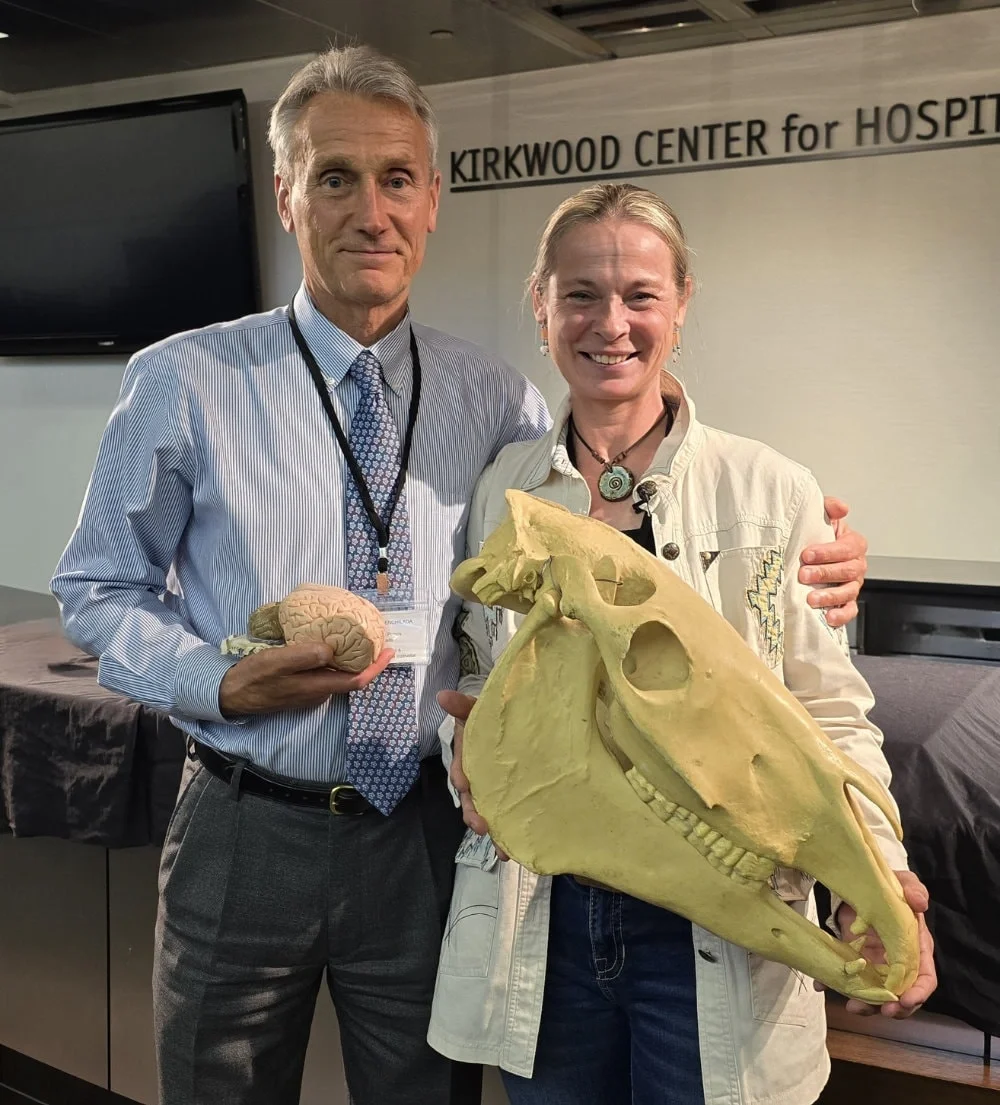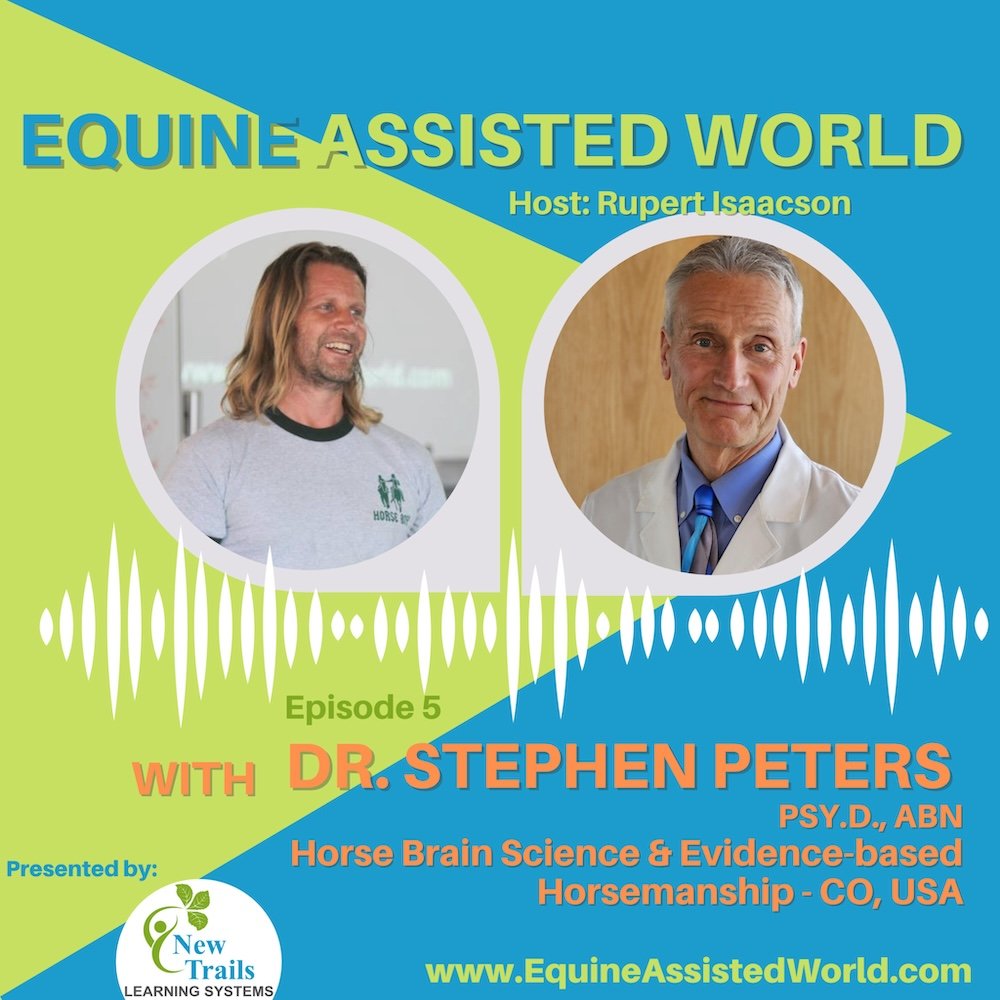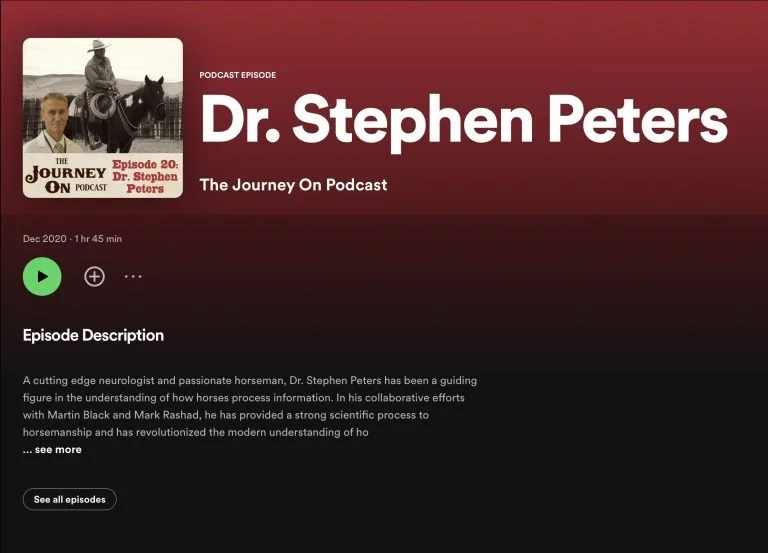
What to Expect
Dr. Steve Peters
— Equine & Human Neuroscientist —
What To Expect
Ever wonder what’s really going on in your horse’s mind?
Understanding how your horse thinks and why he reacts the way he does can transform your partnership. This engaging and eye-opening experience will give you the tools to communicate more clearly, build trust, and truly connect with your horse.
Get ready to see your horse—and your relationship—in a whole new light!
Horse Brain Science Clinics
What if understanding your horse wasn’t just about feel… but about neuroscience?
What if trust, learning, fear, and motivation weren’t just vague concepts, but wired into the brain’s living neural network?
At these clinics, you’ll dive into evidence-based horsemanship—not dominance, not guesswork, but real science. Through engaging classroom presentations with slides, live horse demonstrations, and a rare hands-on horse brain dissection, you’ll see how the horse’s brain shapes perception, movement, and learning.
Learn how to communicate clearly, build trust, and create a safe environment where your horse can relax, reset, and self-regulate. Tap into their natural curiosity to encourage exploration and brain growth.
You’ll gain insights to improve communication, build trust, and create a safe environment where your horse can relax, reset, and self-regulate. By understanding how the brain functions, you can support your horse’s natural curiosity and learning process.
This clinic is designed to expand your knowledge, challenge common assumptions, and offer a deeper connection between neuroscience and horsemanship.
Once you see what the brain is doing, you’ll never train the same way again.








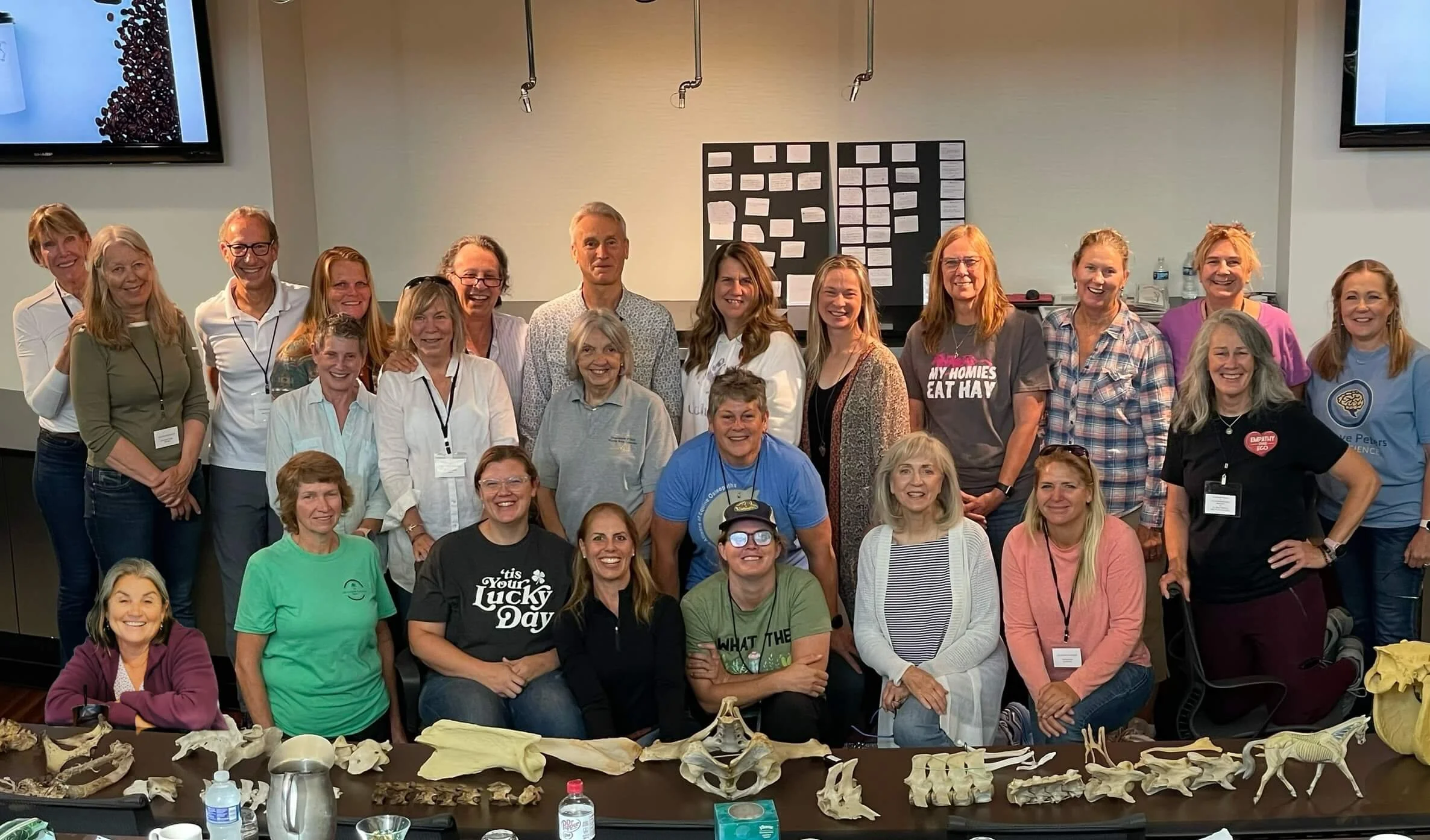

Clinic Levels
Level 1
Level 1 is an eye-opening introduction to how the horse’s brain truly works — and how that knowledge can transform training, communication, and the overall relationship between horse and human.
Participants explore the horse’s brain up close through a full dissection and guided demonstration, connecting the classroom concepts to the actual structures inside the horse’s brain. This clinic offers a blend of science, practical insight, and real-world application that riders find both fascinating and immediately useful.
For Level 1 participants, we ask that students come prepared by having read either Horse Brain Science Simplified: A Foundation in Equine Neuroscience or Evidence-Based Horsemanship. Available on our book page, at Amazon, or at Barnes & Noble.
Level 2
Level 2 takes everything from Level 1 and brings it into practice. This advanced class deepens participants’ ability to understand how horses process information and how to create conditions that support calmness, clarity, and learning.
The clinic combines in-depth classroom teaching with arena-based application. Up to six riders can bring horses, and additional participants are welcome without horses. It’s an engaging, interactive format designed for people who want to take their understanding of equine neuroscience to a deeper, more applied level. Completion of Level 1 is required.
We also recommend that Level 2 students read Horse Brain Science: The Neuroscience of Ethical Horsemanship beforehand. Available on our book page, or on Amazon, or Barnes & Noble.
Speaking Engagements
“Speaking to large crowds is one of the most rewarding aspects of my work. I thrive on the energy in the room and see each presentation as an opportunity to connect, inform, and inspire. Whether addressing fellow scientists, horse professionals, or curious learners, I tailor each talk to make complex neuroscience not only understandable but deeply engaging. My goal is always to spark insight, invite curiosity, and leave the audience with ideas they can apply and remember. I strive to make every event feel both personal and powerful—no matter the size of the audience.”
— Dr. Steve Peters
Collaborations
I collaborate because I believe that the most meaningful advancements—whether in science, horsemanship, or life—are rarely the product of a single mind working in isolation. Collaboration invites the merging of diverse perspectives, deepens understanding, and brings strength through complementary skill sets. It allows me to challenge my own thinking, refine ideas, and create work that is more nuanced, balanced, and impactful than I could achieve alone. In the context of an evidence-based approach, collaboration is especially powerful; it unites the wisdom of master horsemen, the insights of psychotherapists, the precision of neuroscience, and the expertise of professionals in equine anatomy and biodynamics. When we bring together these diverse disciplines—each with its own language, lens, and depth—the result is often a greater whole: a richer, more integrated understanding of the horse and how we interact with them. Collaboration isn’t just a strategy; it’s a philosophy rooted in intellectual humility, curiosity, and the recognition that we are better together.

















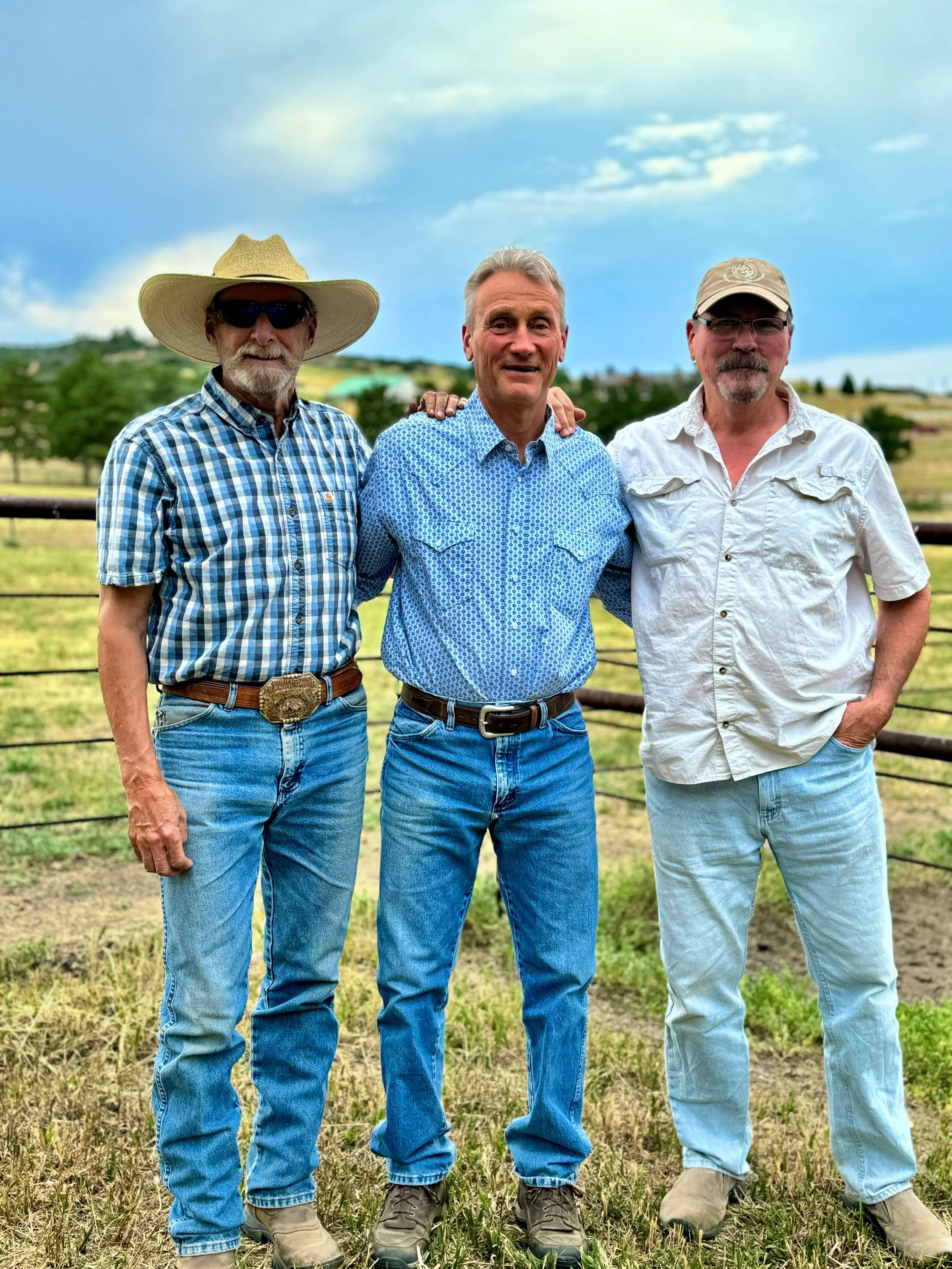





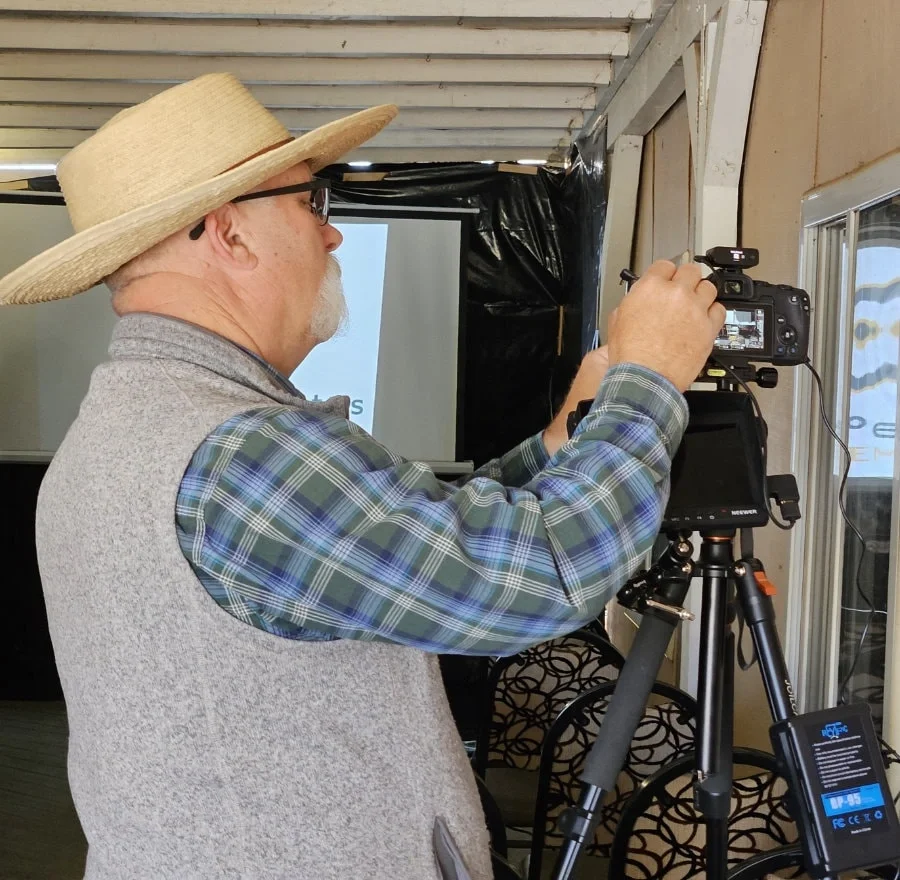
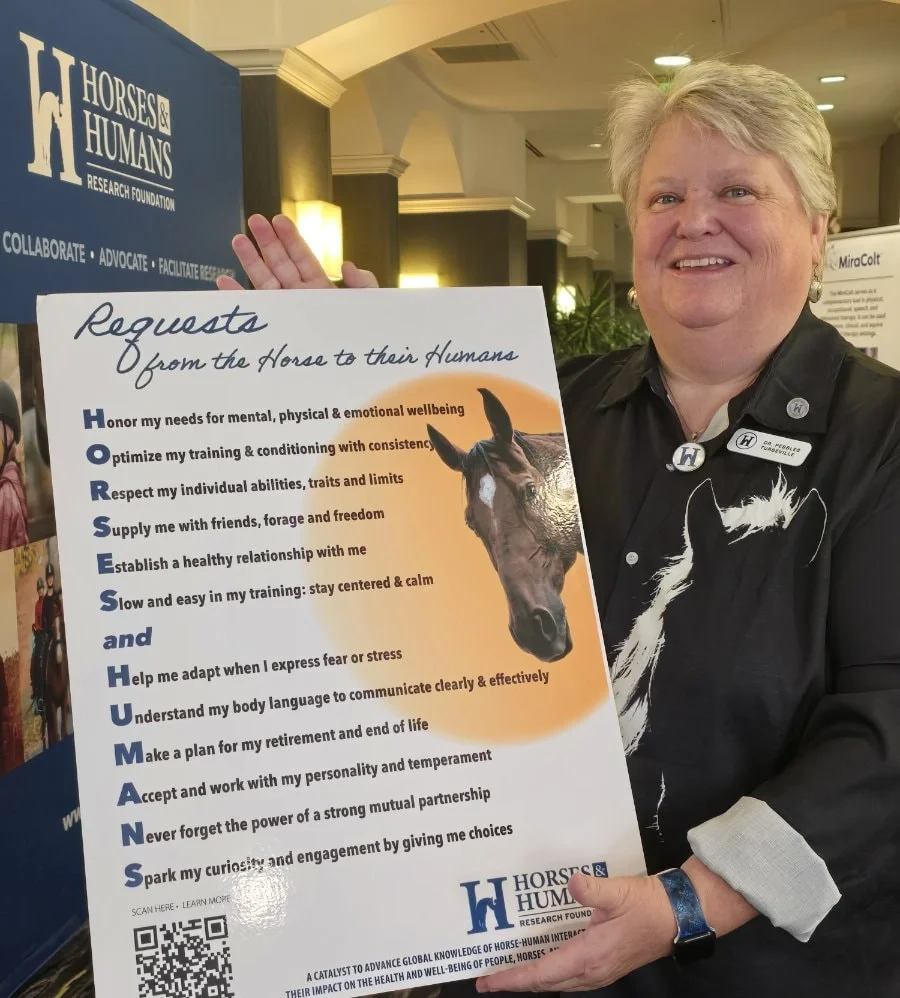

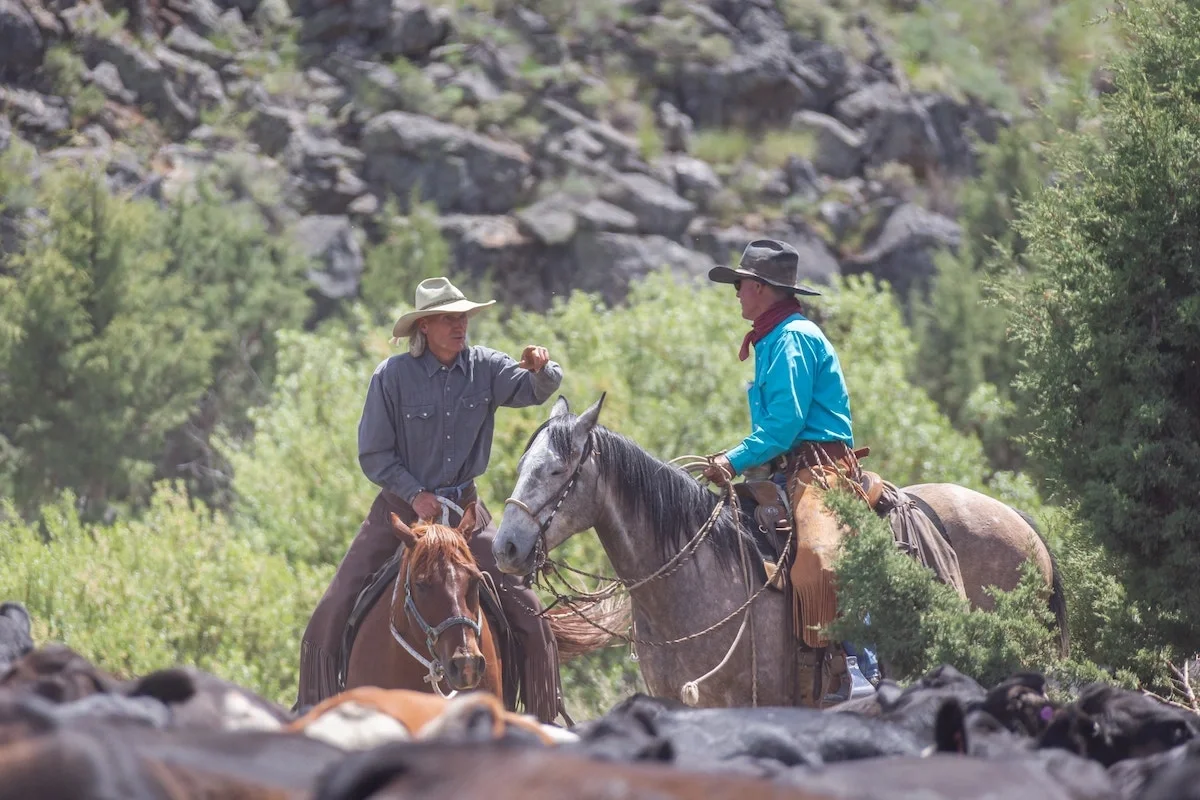
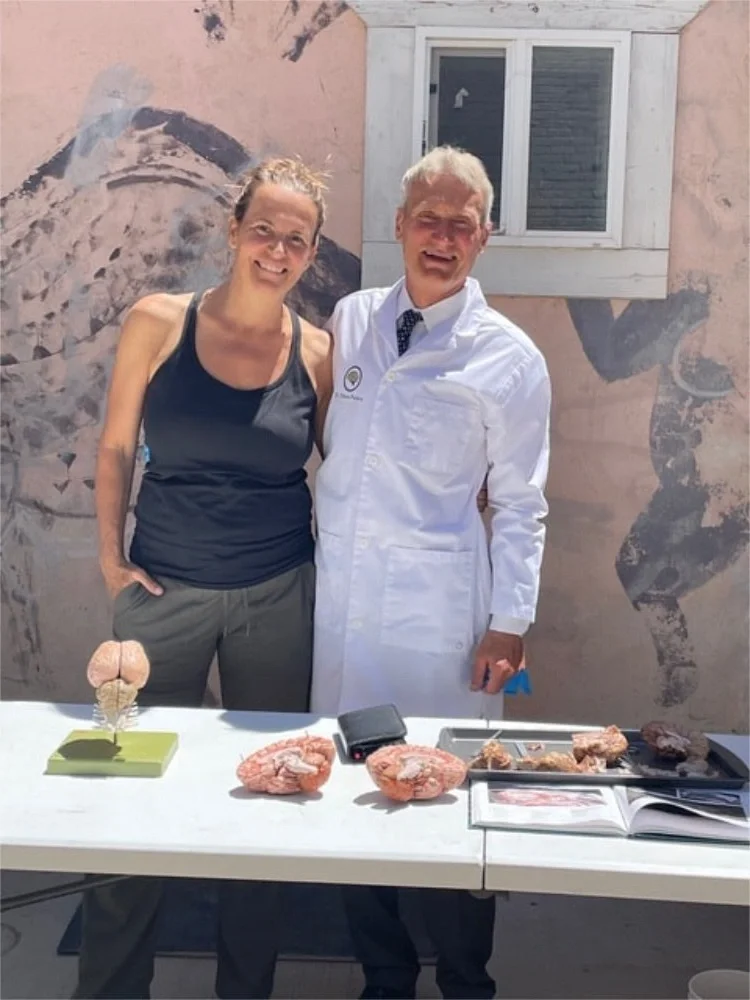
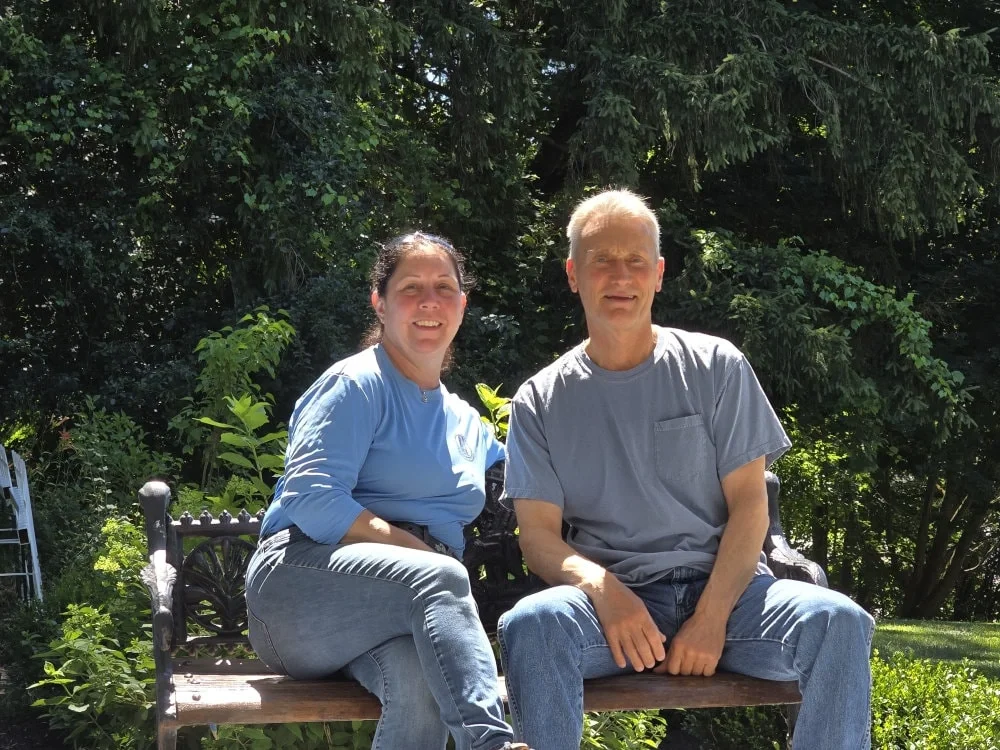
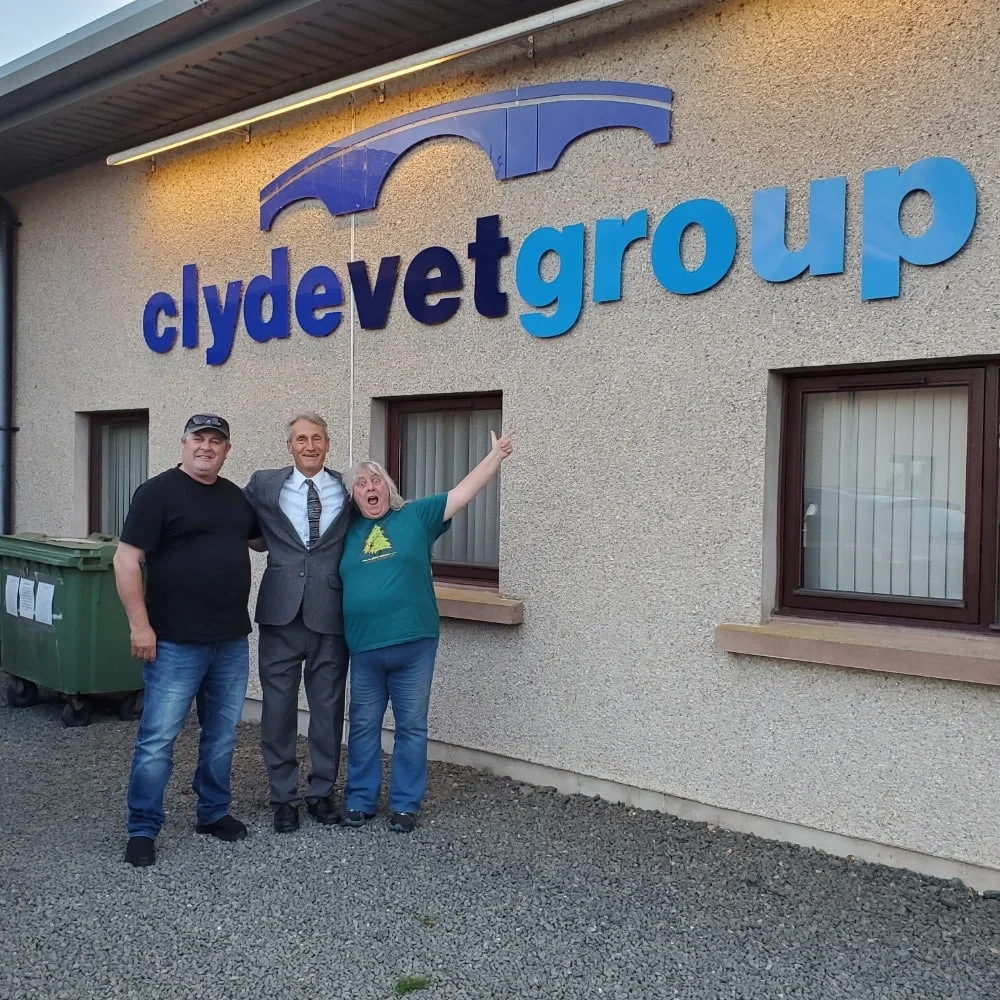
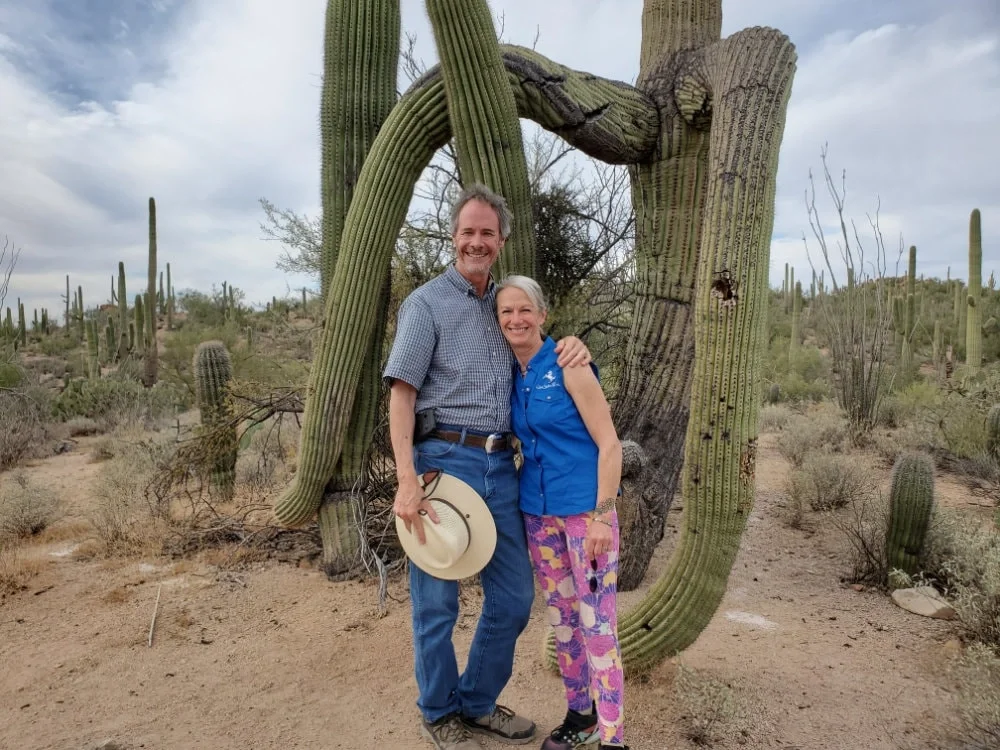


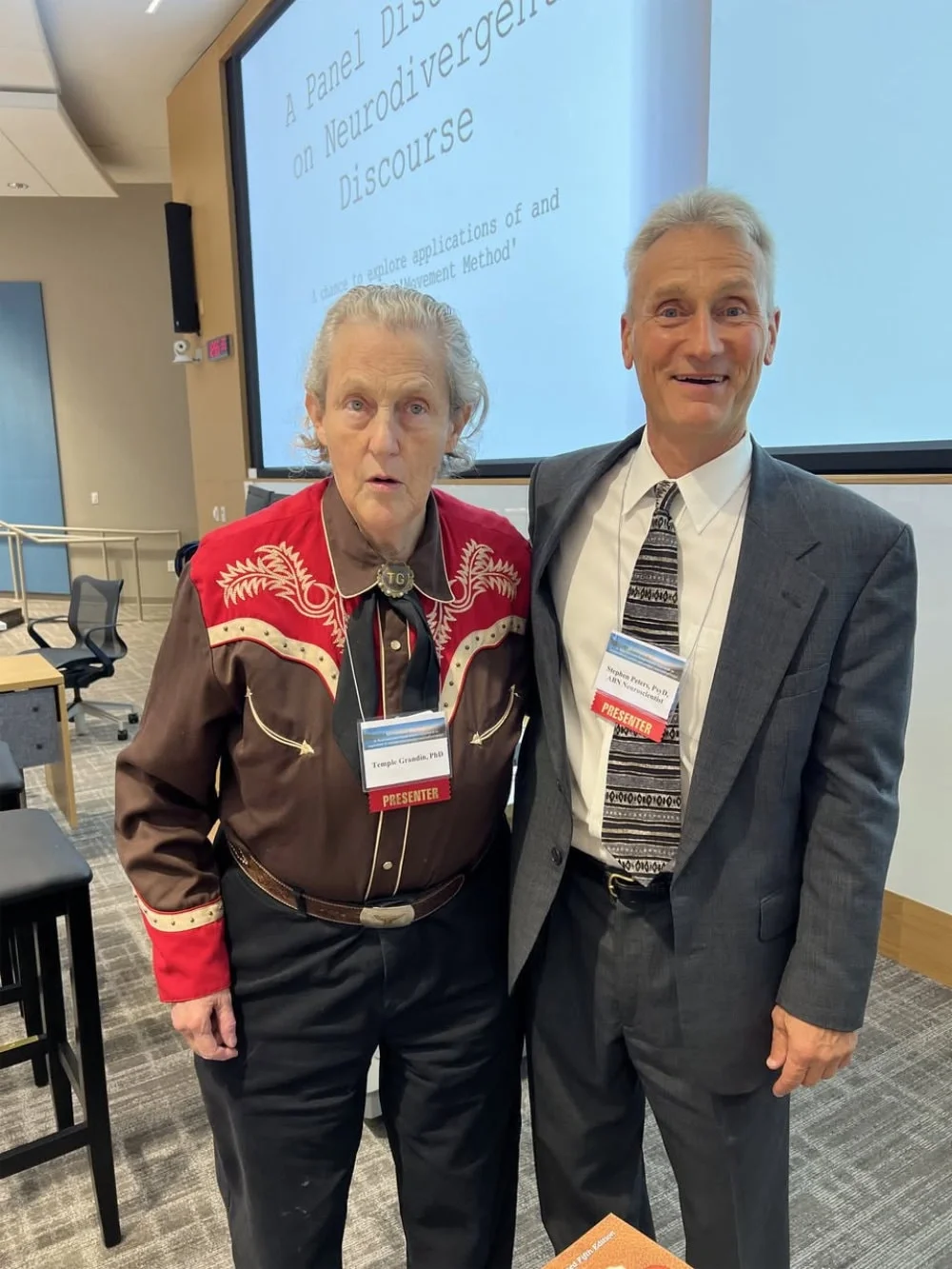







Videos
Horse Brain Science 101
Built trust and feeling of safety.
Podcasts
The Skeptical Horseman - Coming 2026
A podcast with Dr. Stephen Peters & Jillian Kreinbring, M.S.
The Skeptical Horseman is a public-service podcast dedicated to helping the horse world navigate claims, question assumptions, and recognize the difference between solid science and persuasive pseudoscience. Each episode teaches listeners how to find, assess, and interpret good research and how to identify bad research, weak evidence, or no evidence at all.
Hosted by Dr. Stephen Peters and Jillian Kreinbring, M.S., the podcast explores critical thinking, open-minded skepticism, and the role of cognitive biases, misinformation, disinformation, and internet amplification in shaping equine beliefs. We compare replicated scientific evidence with anecdote and testimonial, offering clear examples of what trustworthy information looks like—and what it doesn’t.
With invited scientists and critical thinkers as guests, The Skeptical Horseman provides a grounded, accessible guide to accurate information and better decision-making for the horse-owning public.
One day, the therapeutic approaches will hopefully begin to put neuroscience front and centre of their professional trainings. Axons, dendrites, myelination, BDNF and other neurotrophins, cerebral spinal fluid, the amygdala, cortisol, oxytocin and serotonin, the dance between the re frontal cortex and the rough emotional seas of the limbic system: it’s a lot to navigate. So sit back, grab a pen, paper and beverage, and let Dr Stephen initiate you into the mysteries of that organ you work with every day; the noggin.
A cutting edge neurologist and passionate horseman, Dr. Stephen Peters has been a guiding figure in the understanding of how horses process information. In his collaborative efforts with Martin Black and Mark Rashad, he has provided a strong scientific process to horsemanship and has revolutionized the modern understanding of horse neurology. However, Peters is also passionate about the etherealness of horses and the way in which they are able to communicate with humans.
Am I Safe
We often both overestimate and underestimate our horses, and both are equally detrimental. In today's episode, we revisit neuroscientist Steve Peters, and he clarifies some of the misunderstandings related to what he brings to the table regarding equine cognition and the equine nervous system. He also emphasises that stress, frustration, and punishment have no place in horse training.
Let's talk about pressure and RELIEF
Often, when our strategy is to increase pressure, taking a step back—allowing the horse to breathe and process—is a far better way to move forward. Synchrony is what horses want, and what they're always looking for. As a rider, you should seek it out too. Because when you and your horse are truly in sync, riding is effortless, says Dr. Steve Peters, who is a leading authority on equine neuroscience.
